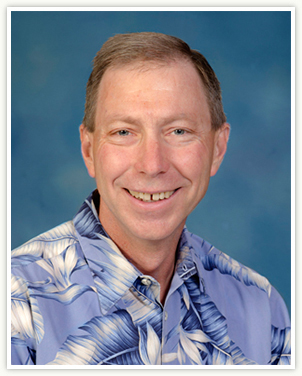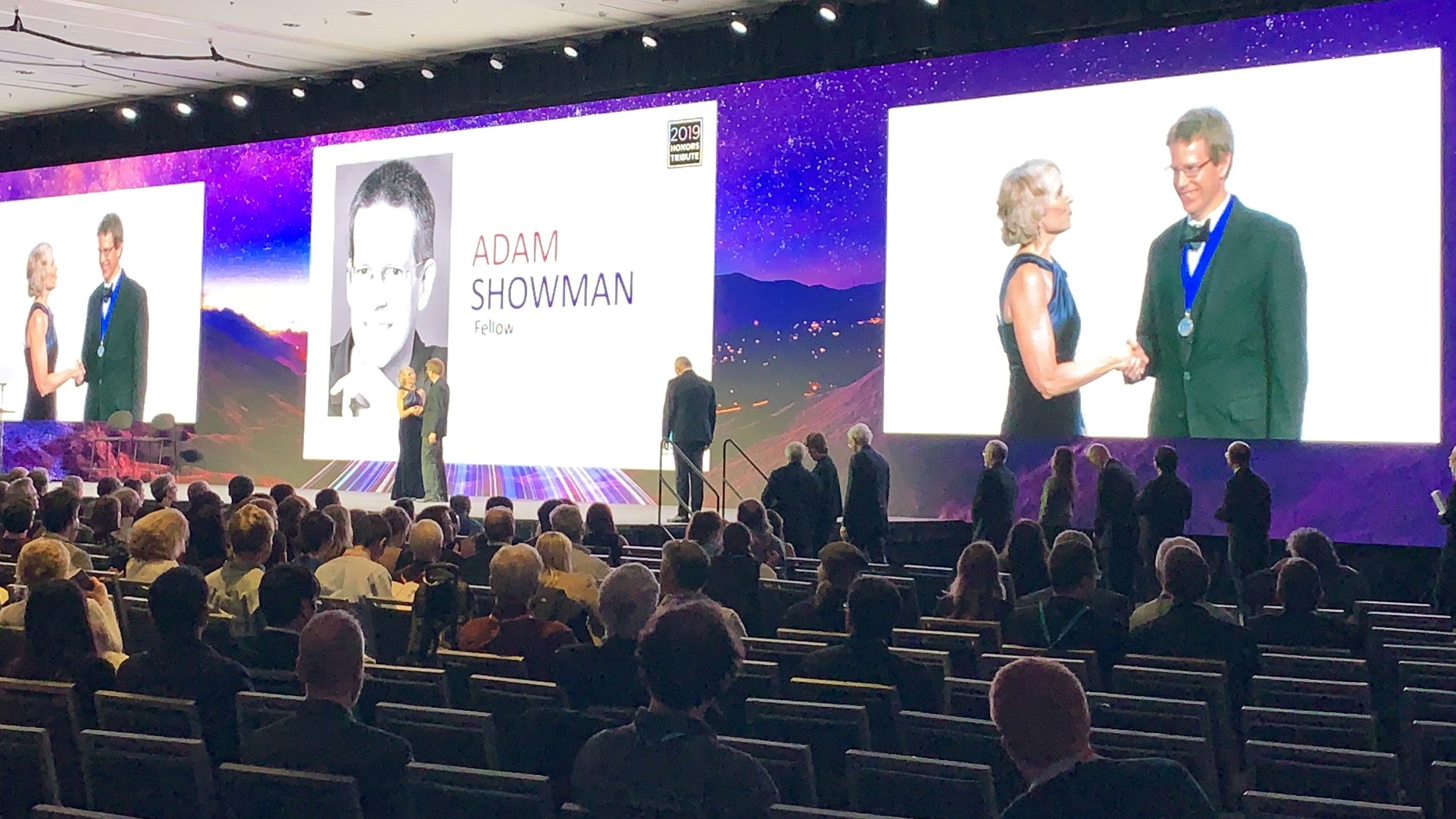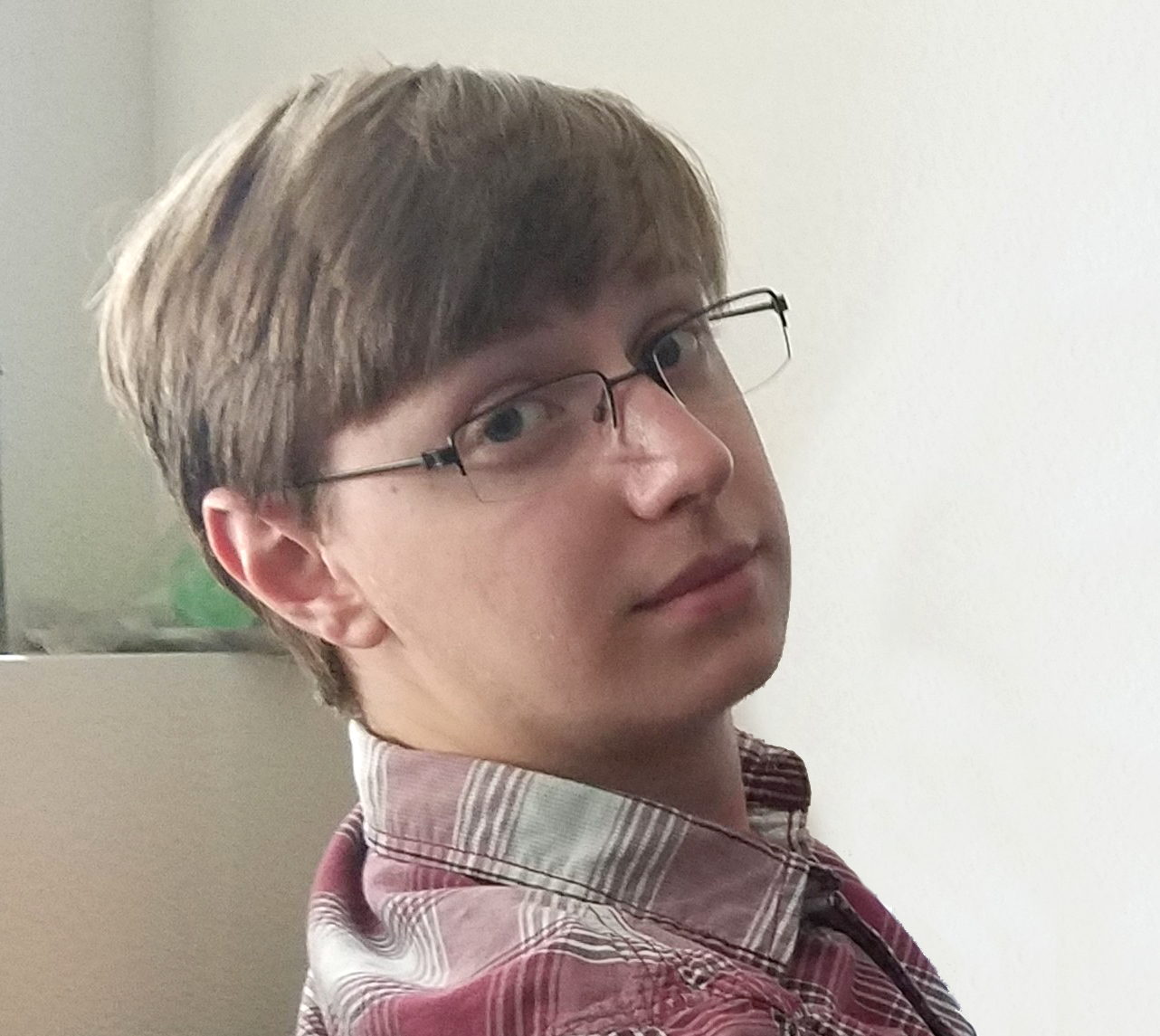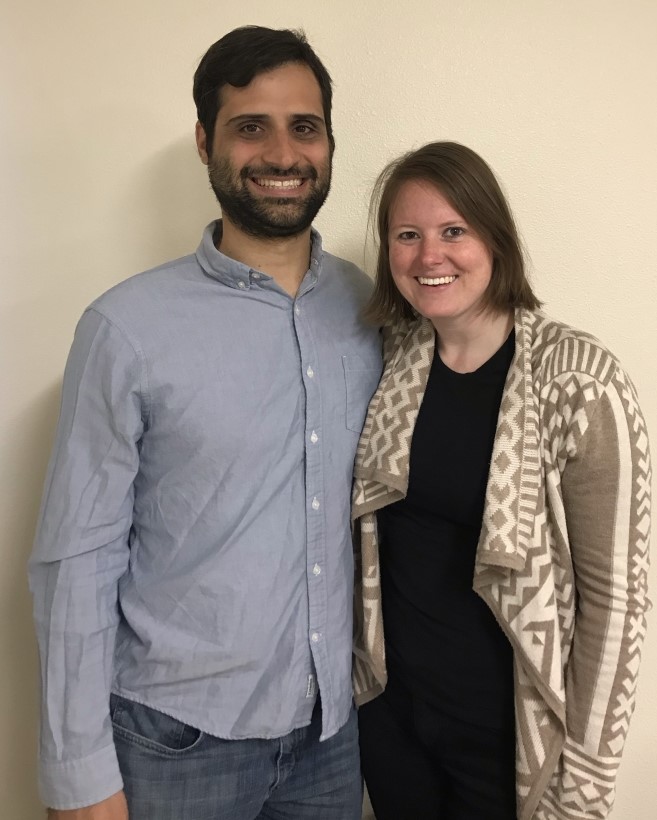Fall
“It was the best of times. It was the worst of times.”
So said Charles Dickens at the start of A Tale of Two Cities. Ours is a tale not of two cities, but of one laboratory in three buildings. But Dickens’ description would fit the fall of 2020 for the Lunar and Planetary Laboratory. While editing this newsletter, I was reminded by one of our staff that I started a newsletter intro with the same quote in 2011. But I think I get to use Dickens once each decade, in part because I love the quote, and in part because it is the same combination of euphoria and mourning.
This fall was the best of times because, after more than 15 years of planning, proposing, finally getting accepted (that was part of the Fall 2011 newsletter), building, and flying, the OSIRIS-REx spacecraft finally sampled the asteroid Bennu. Not only did OSIRIS-REx get a sample, but the sample was so large that there was material leaking out of the sample cannister before it was sealed. As well as the success of OSIRiS-REx, we had three students who successfully completed their careers (with Ph.D. defenses on Zoom), we had seven new graduate students join us, and we had a successful virtual version of The Art of Planetary Science.
But it was the worst of times, too. The COVID-19 pandemic meant that we spent the semester with virtually all of our interactions being virtual, with the associated stress of the lack of human companionship. Moreover, three valued members of the LPL family passed away: Regents' Professor Emeritus Jay Melosh, longtime Senior Research Scientist Lyle Broadfoot, and PTYS alumna Nadine Barlow.
You can read about all these, and more, in this newsletter. Stay safe until we can all meet again in person.

Timothy D. Swindle, Ph.D.
Department Head and Laboratory Director
We hope you will join us in remembering our friend and colleague Adam Showman with a gift of any size for the Adam P. Showman Distinguished Visiting Lectureship. With your generous support, we plan to establish an endowed fund that will allow LPL to bring guest lecturers to campus in Adam's memory in perpetuity. We can think of no better way to honor him than to bring exceptional planetary scientists with similarly broad interests to engage with and inspire our students, just as Adam did. Donors have already pledged a total of more than $13,000.

 Samuel Myers is the recipient of the 2020 Carson Fellowship Award, which provides one academic year of support, including salary, tuition, and a supply stipend. Sam is a first-year graduate student at LPL.
Samuel Myers is the recipient of the 2020 Carson Fellowship Award, which provides one academic year of support, including salary, tuition, and a supply stipend. Sam is a first-year graduate student at LPL.
Sam has been interested in space and the idea of alien civilizations since childhood. His parents fueled that interest with books about space and the solar system. Sam loved watching space and space flight documentaries and was fascinated by Space Shuttle launches. He developed an early interest in math and physics, which led him to focus on science and physics in high school. Sam chose to attend the University of Idaho specifically because the would have the opportunity to begin a research program as an undergraduate student. He chose to major in physics and astronomy with LPL alumnus Dr. Jason Barnes as an advisor. Sam's childhood interest in other worlds was reignited as he learned about Professor Barnes' studies of organic molecules in Titan's atmosphere and the habitability of exoplanets. Sam's undergraduate research began with characterizing exoplanet orbits; he had the opportunity to assist with a graduate research project that led to the publication of Sam's own research. Sam's extracurricular interests include music (he plays the piano) and fantasy literature and tabletop games.
 LPL alumna Dr. Ali Bramson (2018) and Dr. Michael Sori (Ph.D. in Planetary Sciences, Massachusetts Institute of Technology) have joined the faculty of the Department of Earth, Atmospheric, and Planetary Sciences (EAPS) at Purdue University as Assistant Professors.
LPL alumna Dr. Ali Bramson (2018) and Dr. Michael Sori (Ph.D. in Planetary Sciences, Massachusetts Institute of Technology) have joined the faculty of the Department of Earth, Atmospheric, and Planetary Sciences (EAPS) at Purdue University as Assistant Professors.
Before joining Purdue, both Ali and Mike were postdoctoral scholars at LPL. As postdocs, Ali worked with Professor Lynn Carter researching lava flows on the Moon with instruments onboard NASA’s Lunar Reconnaissance Orbiter spacecraft and Mike collaborated with professors Christopher Hamilton and Shane Byrne in the study of Mars and the Moon while also being involved in several NASA missions.
In the EAPS Department at Purdue, Ali and Mike will be teaching undergraduate and graduate courses in planetary geology while expanding their current research. Mike has stated that his experience at LPL, including working with students in lab groups and supporting their thesis projects, has prepared him for the next step as an Assistant Professor.
Likewise, Ali has shared that while at LPL, she was actively involved in NASA spacecraft missions, which were crucial for her scientific interests, and led to great professional and academic opportunities. Ali is particularly excited about the interdisciplinary EAPS Department where she will collaborate with scientists who use similar techniques, but also engage in other problems that differ from her previous training.
Congratulations, Professor Bramson and Professor Sori!
There are 25 undergraduate students pursuing their minor program of study in Planetary Sciences. These students have varied major home departments, including Astronomy, Engineering, Chemistry, and Geosciences. We're proud to profile two of our Planetary Sciences undergraduate minor students in this semester's newsletter.
I have always been interested in learning more about our solar system. More specifically, I enjoy learning about the geology and chemistry of the planets.
What has been your favorite Planetary Sciences class and why?
Chemistry of the Solar System (PTYS 407). Dr. Swindle was an excellent professor and the subject matter was very interesting. I especially enjoyed writing my term paper on my subject of choice. A close second was Geology and Geophysics of the Solar System (PTYS 411).
What are your future goals?
I plan on pursuing a Ph.D. in planetary science, or in geology, with a planetary science emphasis. I would love to become a professor for a research university .
Are you working on any current research projects?
I am working on an optical microscopy project with Dr. Jessica Barnes (LPL). We are focused on identifying and classifying the volcanic rock fragments present in Luna 16 & 24 soil samples, as well as doing electron microprobe analysis of the volcanic rock fragments identified. I also work as DTM (3D digital terrain map) producer for the HiRISE mission (LPL) where I make maps of the surface of Mars for planetary scientists. In my time there, I have made about 20 DTMs.
Tell us about yourself.
I have a passion for sustainability; I am called the recycling sheriff in my house and I love to shop secondhand at thrift stores. In my free time (which I have very little) I like to watch Netflix or YouTube, or read, to decompress.
Pagination
- Previous page
- Page 37
- Next page

